Top 10: Fastest Trains in the world
2025 marks the bicentenary of the world’s first passenger railway line – the Stockton and Darlington route in England.
The first locomotives were capable of hitting 15mph – a clear improvement over a horse – and over the last 200 years top speeds (and the technology improvements allowing this progression) have increased drastically. First steam power ruled the roost, then diesels ousted the traction and nowadays electric is the de rigueur choice for high-speed railways and with good reason: reliable and fast services between cities can render domestic – and even international – flights by plane to be unnecessary.
Here, we celebrate speed by looking at the 10 fastest trains ever, starting at number 10:
10. Renfe Class 103 – 251mph

After China, Spain is listed as having the most high-speed railways, so it makes sense to start our countdown of the 10 fastest trains with a Spanish entrant. The Renfe Class 103 is used on high-speed lines throughout the country by the state-owned train operating company, Renfe. Constructed by Siemens, it is part of the Velaro family of high-speed trains – a name that’ll crop up elsewhere in this list.
While the Class 103 trains have been cleared to run at speeds of up to 217mph, however, during testing on the line between Madrid and Zaragoza on 16 July 2006, it hit a maximum speed of 251mph between Alcalá de Henares and Calatayud. This is both the current national rail speed record for Spain, and also the current speed record for a normal series train in standard configuration.
10. Renfe Class 103 – 251mph
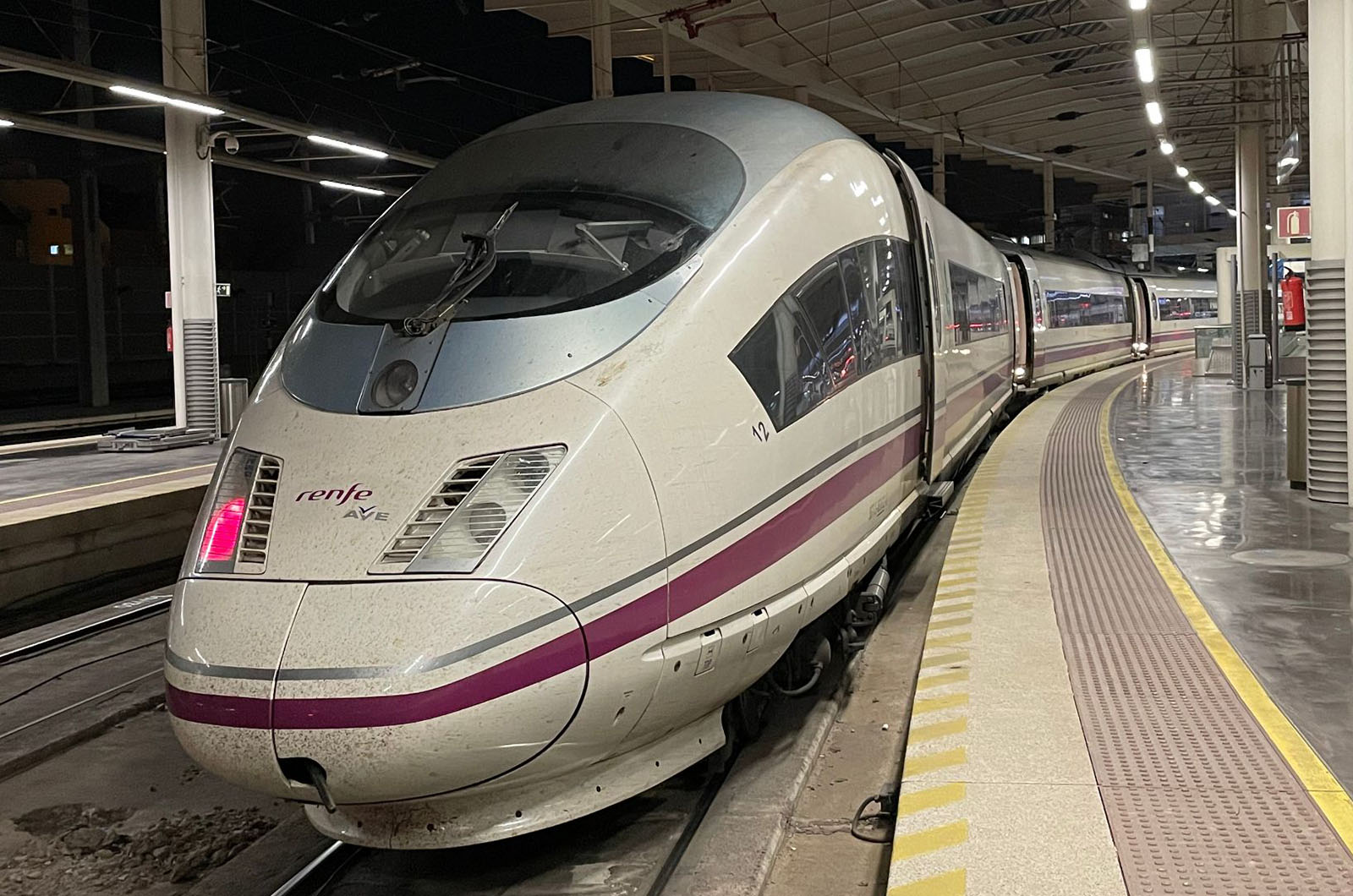
This is both the current national rail speed record for Spain, and also the current speed record for a normal series train in standard configuration. Other routes it operates on include Madrid and Barcelona (with the quickest journey times being 2 hours, 30 minutes) and Madrid and Malaga.
The Velaro is used across the world: for instance, a number of the trains operate in Russia under the Sapsan moniker and Turkey, where it is referred to as the TCDD HT80000 class.
9. LIMRV – 256mph
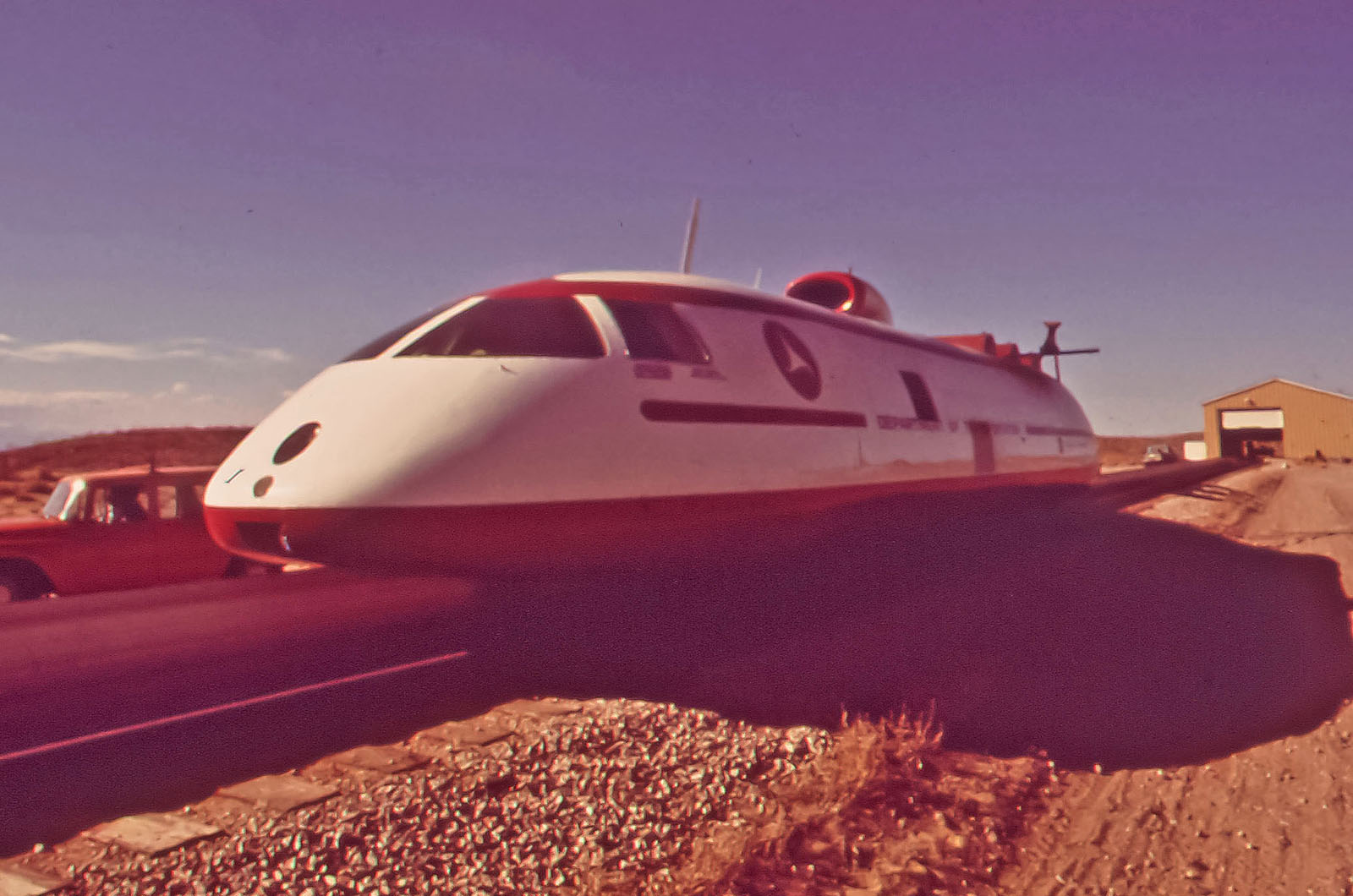
America isn’t known as a high-speed rail superpower, but for a period of time the world record resided in the States, thanks to the quirky one-off LIMRV. Standing for Linear Induction Motor Research Vehicle, it was designed to test a Linear Induction Motor – which is now most commonly used in maglev trains – with the electric power coming from a 3000 hp aircraft gas turbine from a crashed NASA plane.
Following low-speed testing, it was transferred to the High-Speed Ground Test Center, which was designed by the Department of Transport to test hovertrain concepts.
9. LIMRV – 256mph
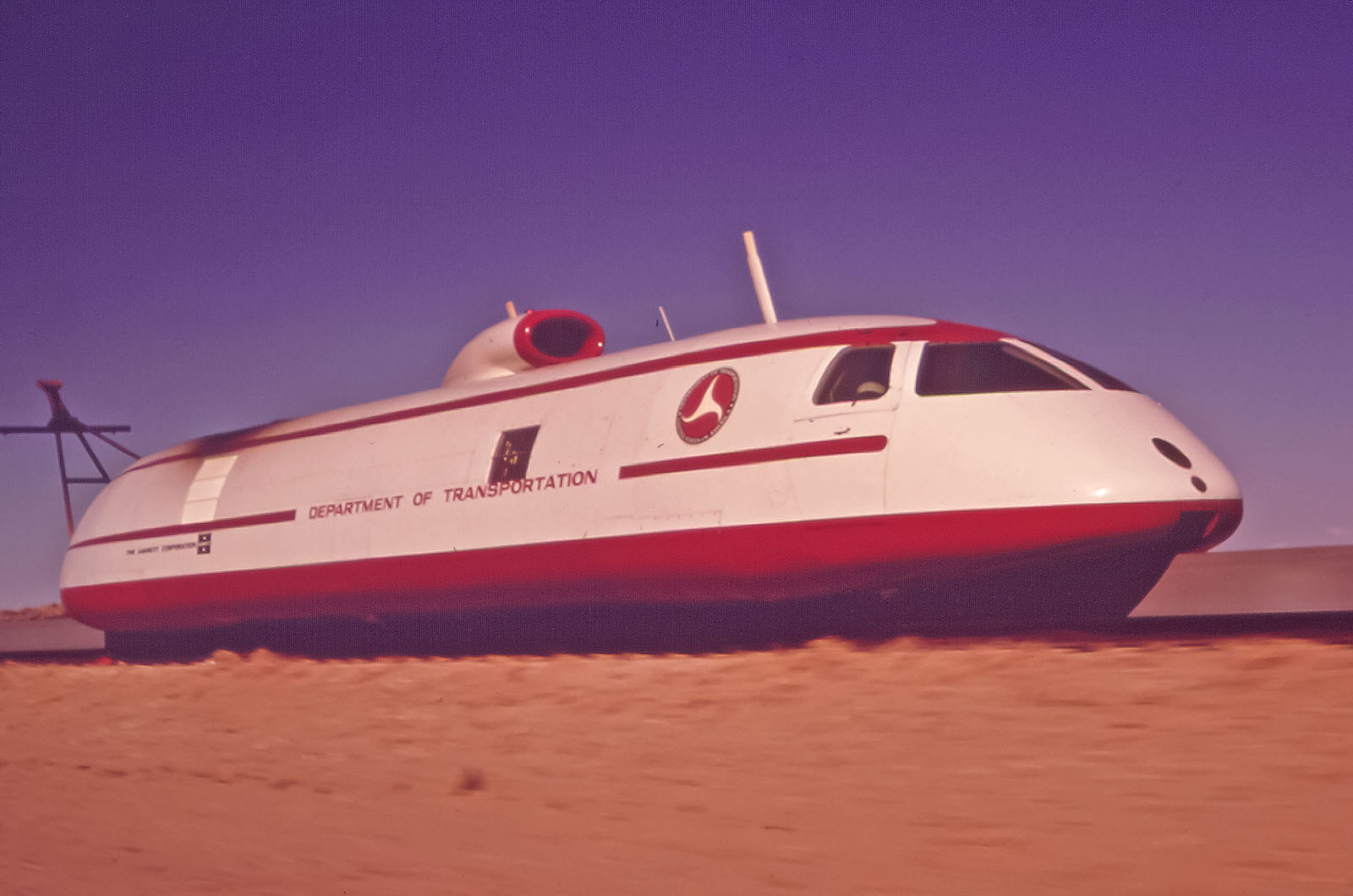
Calculations showed the LIMRV needed just over 10 miles of track to hit its maximum speed, however, the DoT could only afford to fund a 6.2-mile section of track. In order to get around this problem, two Pratt & Whitney J52-P3 jet engines that were surplus to requirements by the Air Force were added to the vehicle in order to increase the vehicle’s acceleration.
On August 14, 1974, the LIMRV prototype set the world speed record for air-powered wheel-on-rail vehicles at 255 mph, a record that still stands today. The LIMRV survives to this day and is housed at the Pueblo Aircraft Museum.
8. Hyundai HEMU-430X – 262mph
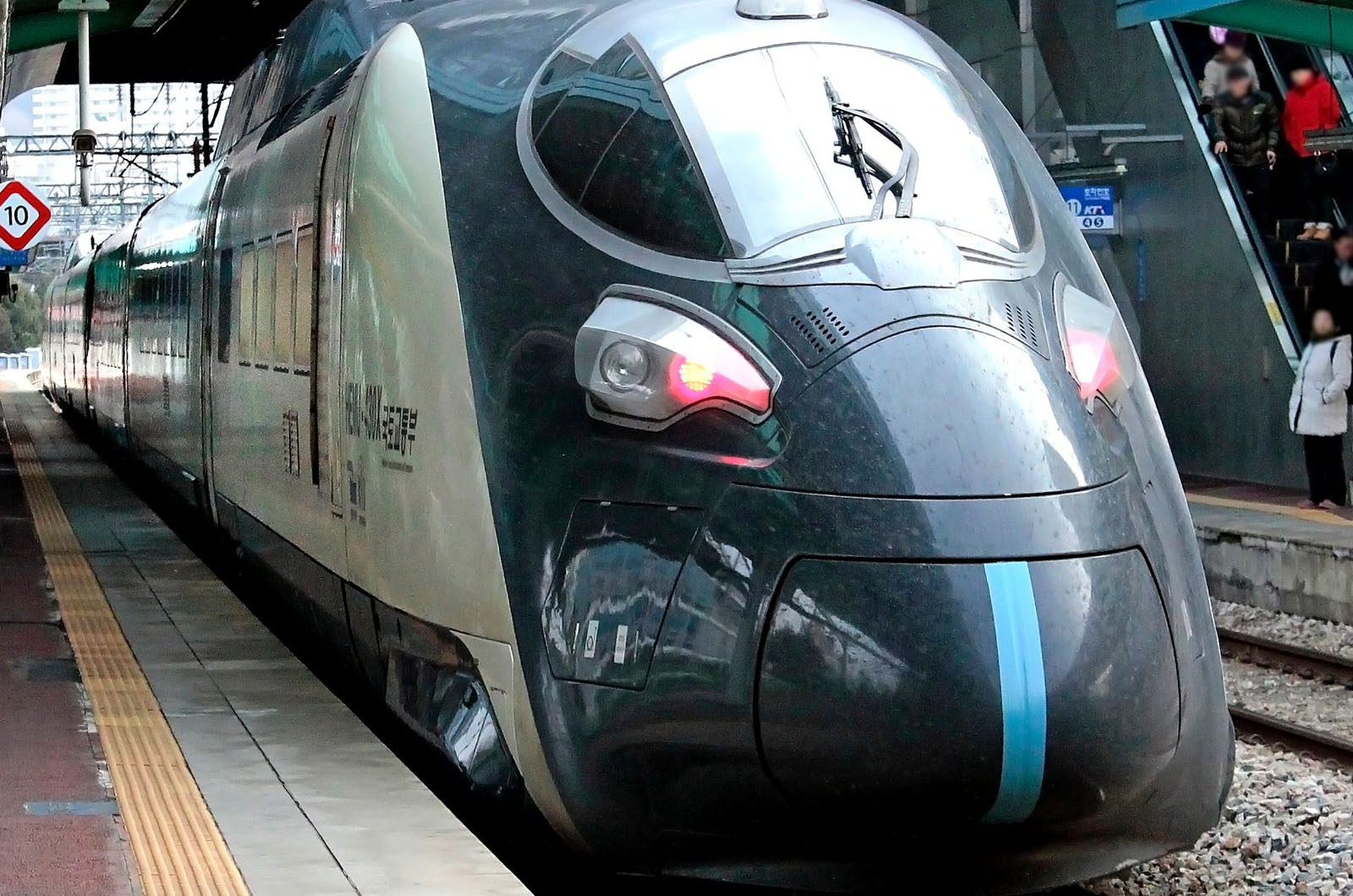
Hyundai may be a very large car maker, but the South Korean giant also makes trains and is responsible for the country being the fourth – after China, Japan and France – to develop trains that can operate above 260mph.
Standing for High-Speed Electric Multiple Unit 430 km/h eXperimental, the train was specifically designed to hit that target and its development has spawned commercial variants. On 28 March 2013, the train hit a maximum speed of 262mph, far quicker than the previous national record of 186mph, with this run occurring after 138 similar runs that were conducted over a 10-month period.
8. Hyundai HEMU-430X – 262mph

As mentioned in the previous slide, this train is a one-off prototype, however, its development has spawned a passenger-carrying variant, the KTX-Cheongryong, which entered service on 1 May 2024 on the Gyeongbu high-speed railway, between Seoul and Bussan.
Performance statistics for trains – beyond top speeds and journey times – are often hard to come by, but Hyundai said the KTX-Cheongryong can accelerate from 0-186mph in 230 seconds. Originally, the trains were planned to operate along the lines in at up to 217mph, however, this was later revised to 230mph.
7. 300X – 275mph

The 300X (or Class 955) is a six-car experimental Shinkansen that was built in 1994 to test improvements to future Japanese trains that operate at up to 186mph or more. As part of its testing life, the train undertook a number of high-speed runs in 1995 and 1996, which culminated in it recording a new Japanese speed record – that still stands today – on 26 July 1996 when it hit 275mph on the Tokaido Shinkansen between Maibara and Kyoto.
Prior to that run, it hit 265mph on 11 July 1996 and on 21 September 1995 it recorded a maximum speed of 220mph.
7. 300X – 275mph

One of the power cars carries a sticker commemorating the national speed record. As you would expect from a test train, the two end cars differed in looks, with each one carrying unique nose designs, while a number of pantographs designs were used on it throughout its operational life.
Withdrawn from use on 1 February 2002, parts of the train survive into preservation today: The end car No.955-1 is preserved outdoors at the RTRI large-scale wind tunnel test facility in Maibara, Shiga, while the other end car No.955-6 was initially preserved inside JR Central’s Hamamatsu Works and was later moved to the SCMaglev and Railway Park in 2010.
6. China Railway CRH380A – 302mph
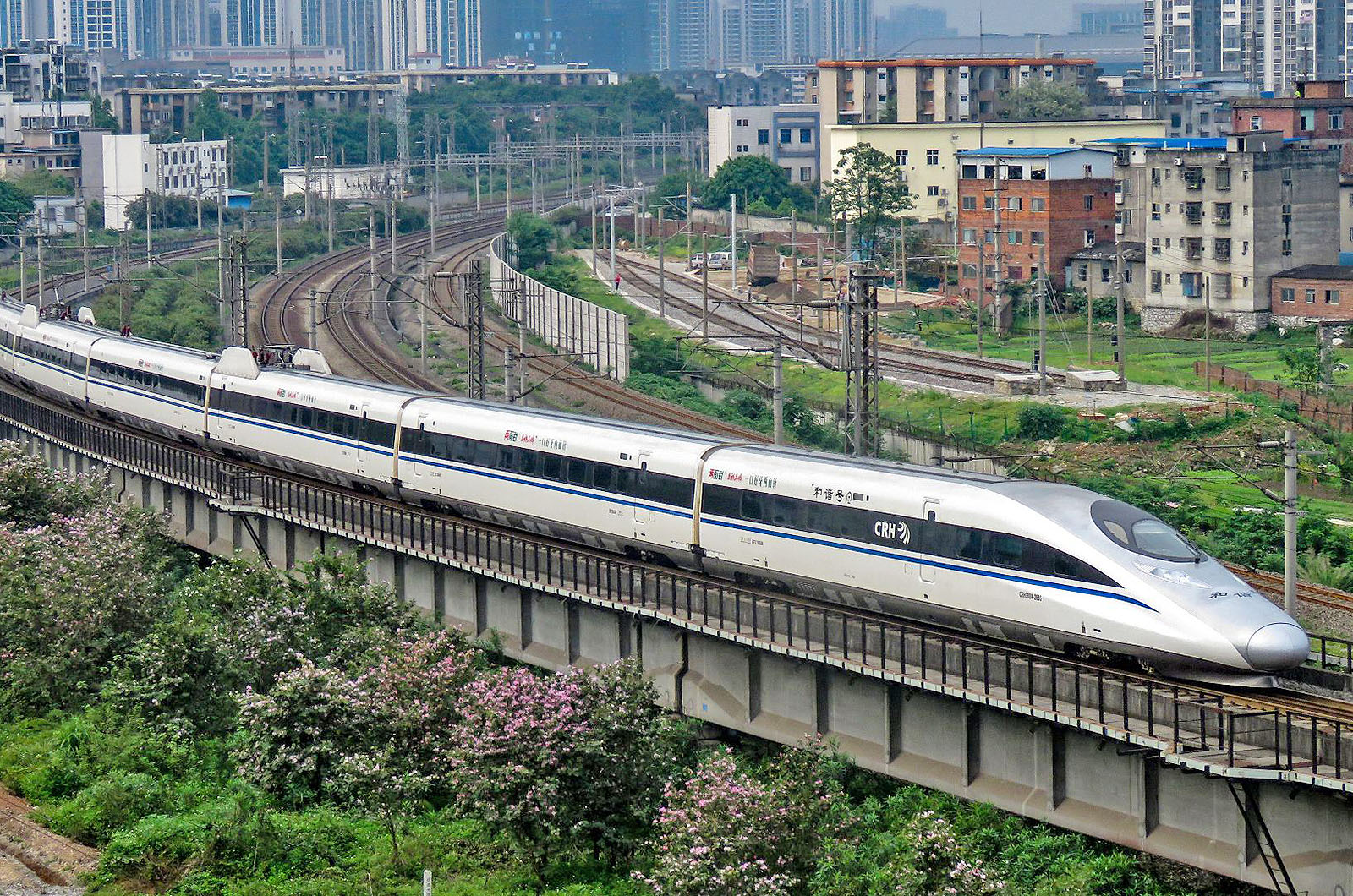
Unlike the other three families of Chinese high-speed trains which are based on foreign designs, this class of train was developed and manufactured in the country, partly replacing Japanese technology. Designed for daily work on the Beijing to Shanghai high-speed line, normally it runs at up to 217mph.
However, on 3 December 2010, an example of the class hit 302mph on a stretch of the line between Zaozhuang, Shandong province, and Bengbu, Anhui province. Prior to the line’s opening – and the train’s introduction on the route – journey times between Beijing and Shanghai stood at 10 hours, however, this was reduced to just four hours.
6. China Railway CRH380A – 302mph

According to a local media report after the run, the experience of being onboard was like “flying on land”, though passengers noted the ride was “smooth” and similar to being on regular train travelling at just over 200mph.
“We have done a lot of experiments on making the train airtight and streamlined on the Wuhan-Guangzhou high-speed rail line and used our research findings on this train,” said Zhang Shuguang, deputy chief engineer with the Ministry of Railways was quoted as saying by China Daily. “This operational experiment shows China’s leading position in the sector.”
5. China Railway CRH3 – 303mph
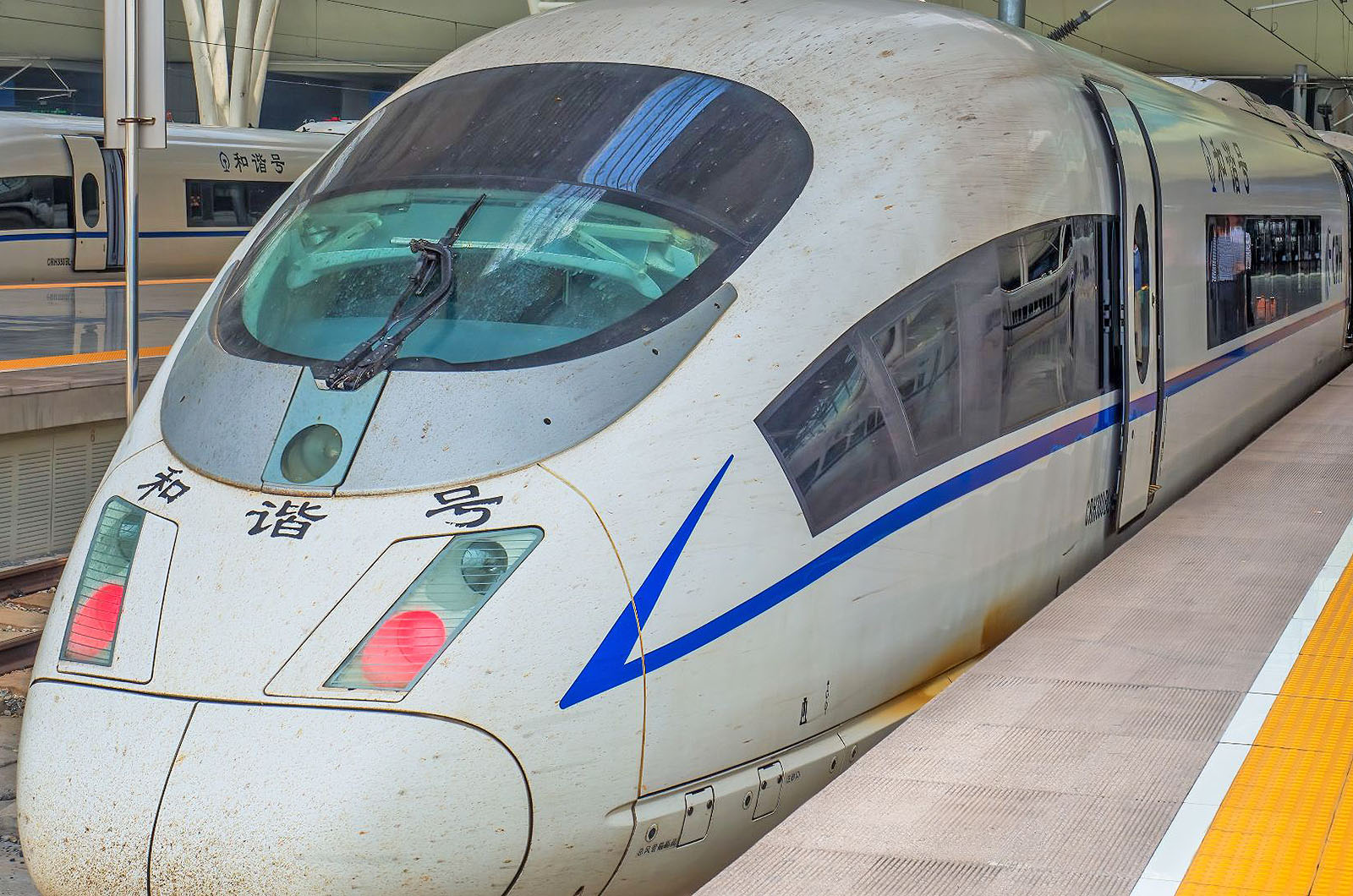
Looking at the image above, you might be forgiven for thinking this class looks very similar to an ICE3 or a Eurostar E320 (or indeed, the Renfe Class 103 seen earlier) and you would be correct. In the same way car manufacturers use the same platform for multiple models, the CRH3 is a Chinese version of the Siemens Velaro family of high-speed trains.
The core difference between the Chinese train – which runs along the Beijing–Tianjin railway line, among others – is its width: its body is 300mm wider than its European cousins in order to take advantage of a wider loading gauge.
5. China Railway CRH3 – 303mph
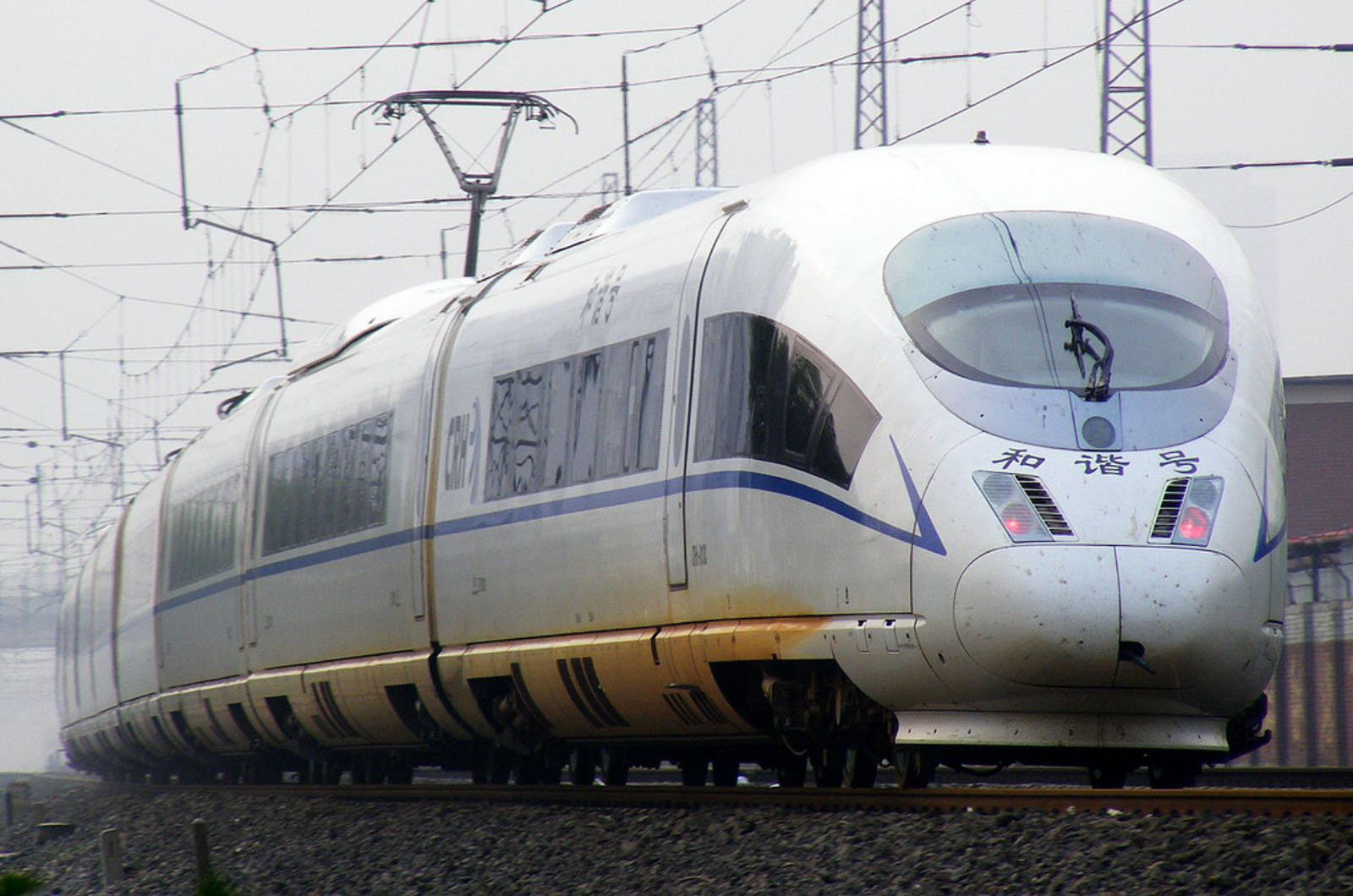
What is perhaps most interesting is that this is the fastest unmodified train in this list: unlike the trains that occupy numbers one to four, this was a standard set: carriages weren’t taken out of the formation, nor were special wheels fitted and the electricity supply wasn’t upgraded either.
Some things are similar, however: the test run on 9 January 2011 occurred on a section of line that wasn’t open to revenue-earning traffic and the core purpose of the run appeared to be to show that the Chinese are able to run high-speed train services.
4. TGV Atlantique – 320mph

Two record runs a year occurred a year apart in 1989 and 1990 with a modified TGV Atlantique trainset – with the number of carriages reduced from 10 to four, among other changes – with target speeds of 117 and 140 metres per second, which culminated in a record run of 320mph or 143 metres per second on 18 May 1990.
Similarly to the follow-up TGV record in 2007 (see number three in this list), the runs took place on a stretch of line that hadn’t yet been opened for passenger services, with an area of the route that included a 2.5% downhill section into the Loire Valley targeted for the high-speed trials.
4. TGV Atlantique – 320mph
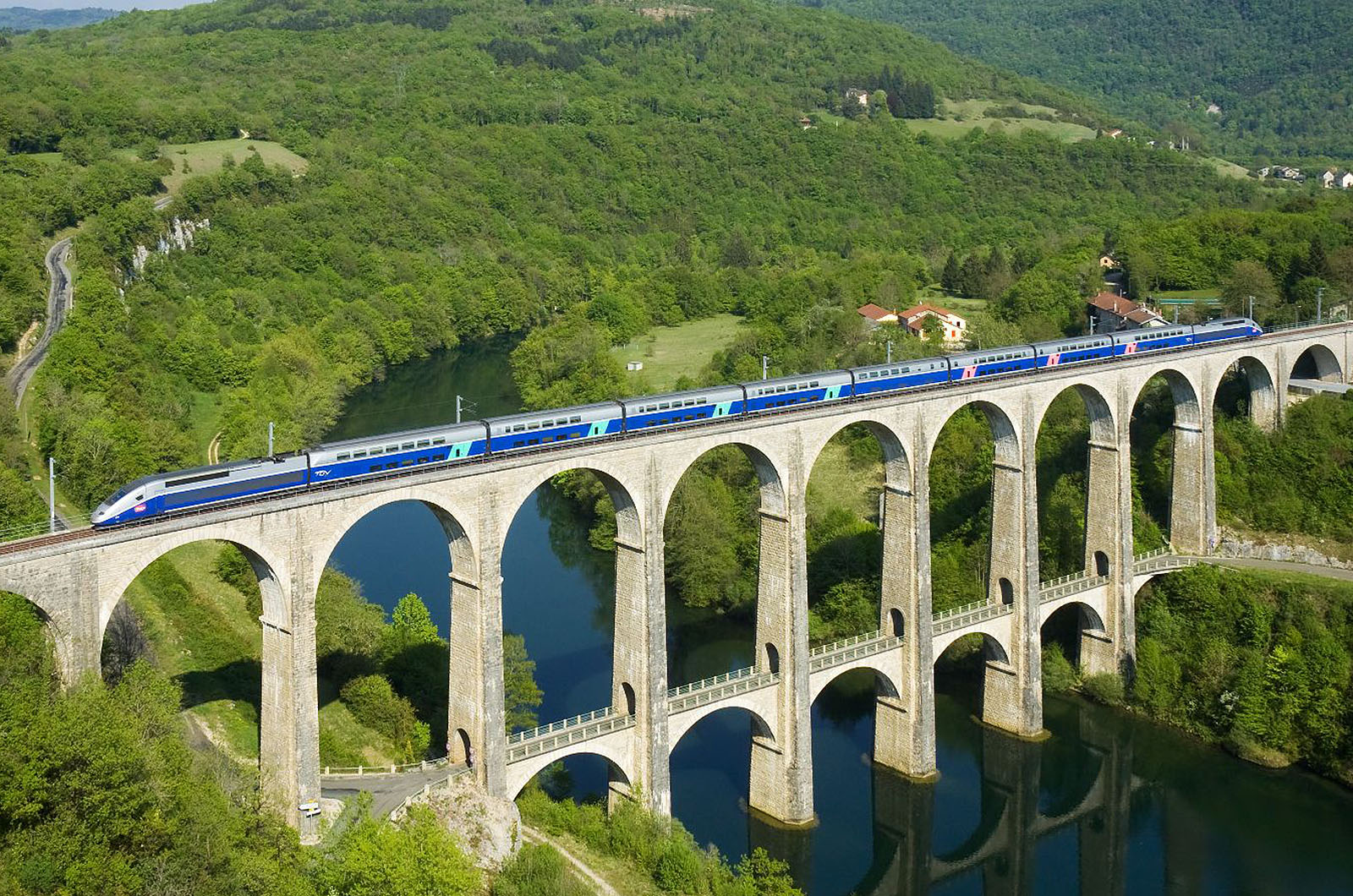
It is fair to say the SNCF threw the kitchen sink at achieving the world record. As well as removing carriages from the set, modifications included the fitment of larger wheels to the powercars, along with thicker brake pads – which were only good for two emergency stops.
Meanwhile, airdams were installed between the power cars and trailer cars in order to reduce drag at high speed, while a removable spoiler was also fitted to the nose of the trailing powercar. These changes – and others not mentioned here – aimed to reduce drag by 10%, with 2000 hours of labour needed to modify the train for the high-speed run.
3. TGV POS – 357mph
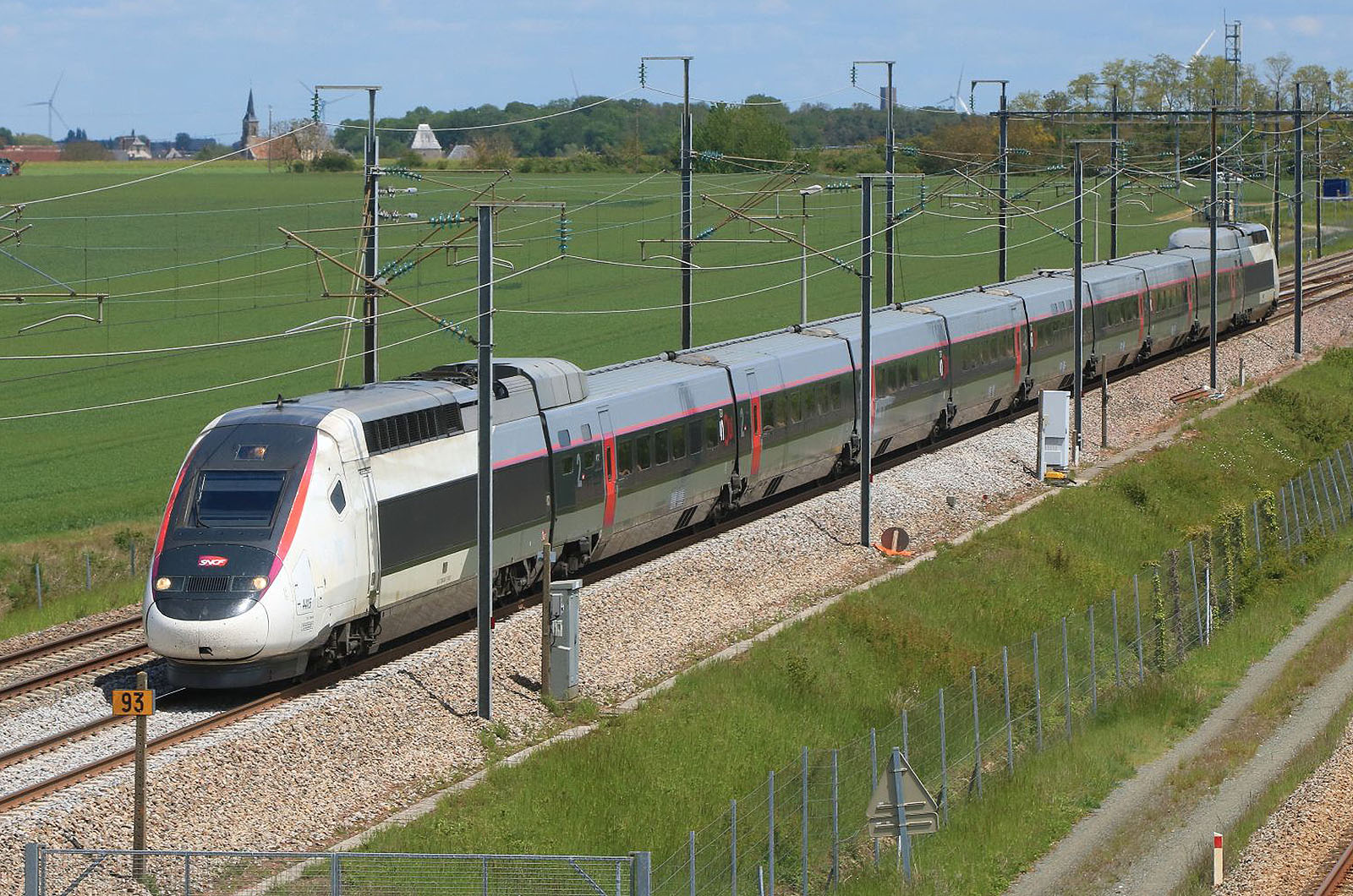
When most people think of a train, they picture something that runs on rails – rather than levitating above tracks – so in many ways this is actually the fastest train in the world. This top 10 list is peppered with TGV speed records and the run on 3 April 2007 was similar in nature to previous attempts with everything being planned to the nth degree beforehand.
Codenamed Operation V150 – the target speed for the train to hit in metres per second – the high-speed runs took place on a section of the LGV Est line (which connects Paris and Strasbourg) prior to its opening, using a modified train.
3. TGV POS – 357mph
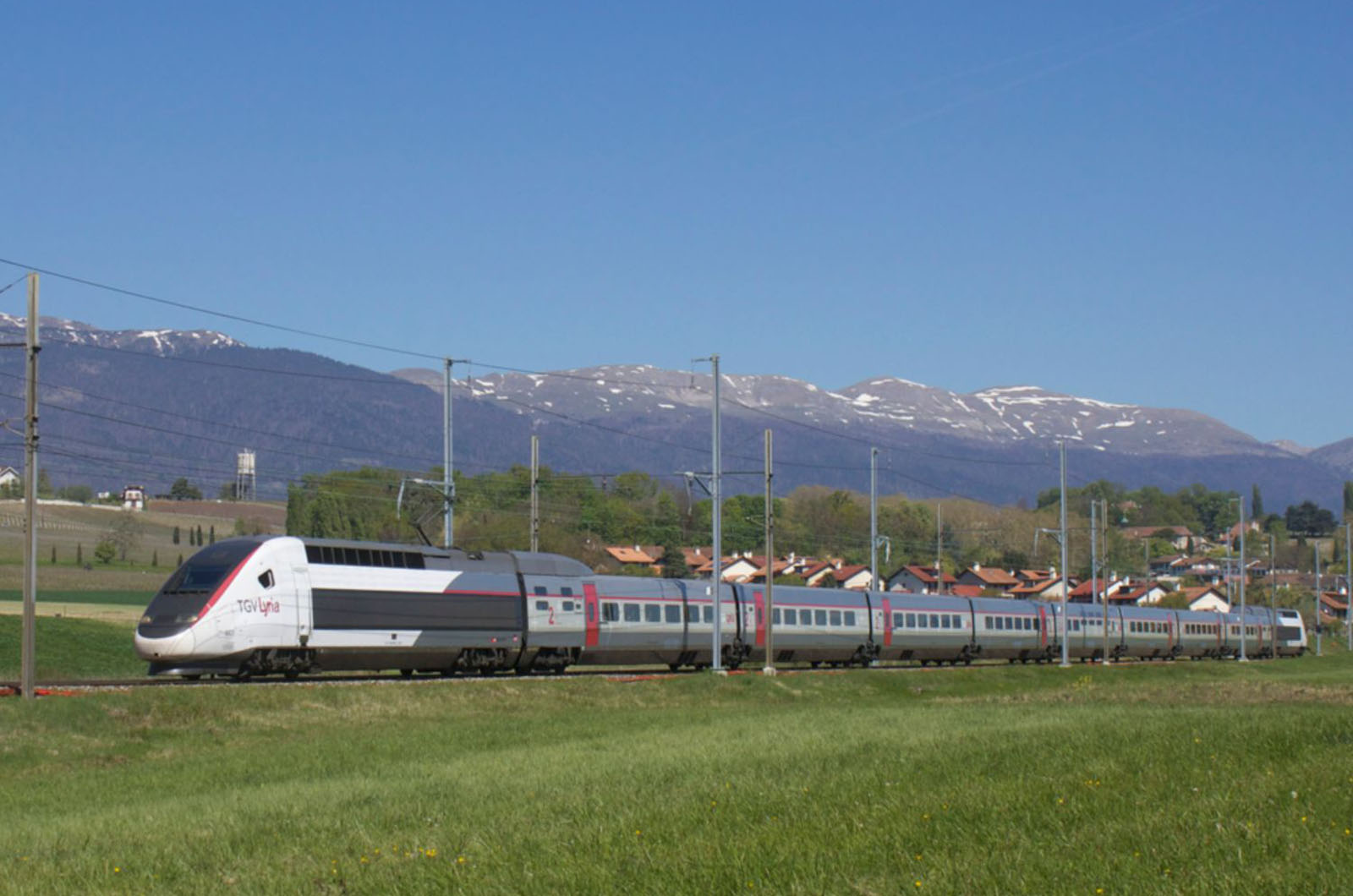
As such, between the power cars were three modified carriages and the carriages closest to the power cars were each fitted with two powered bogies, giving a maximum power output of 26,284 hp compared with 12,500 hp for a standard TGV POS.
Meanwhile, the voltage of the overhead wires that provide power to electric trains was increased to 31Kv from the standard 25Kv and the section of line was specifically chosen for having gentle curves and downhill sections.
These preparations enabled the train to beat the target speed: its highest recorded speed was 159 metres per second, which was achieved between Meuse and Champagne-Ardenne TGV stations.
2. MLX01 – 361mph

Standing for Magnetic Levitation, eXperiment, the nine experimental vehicles were built between 1996 and 2001 in Japan and feature various end designs including a wedge-nose design, a cusp-nose design and even one with an ultra-long nose. The trains were run between 1996 and 2011 and during this period they broke the speed record three times with its fastest run occurring on 2 December 2003 when a three-car set hit 361mph.
Not only that but the prototypes set two unmanned speed records: a three-car set recorded a speed of 341.8 mph on 24 December 1997 and a five-car set achieved 340.5 mph on 18 March 1999.
2. MLX01 – 361mph
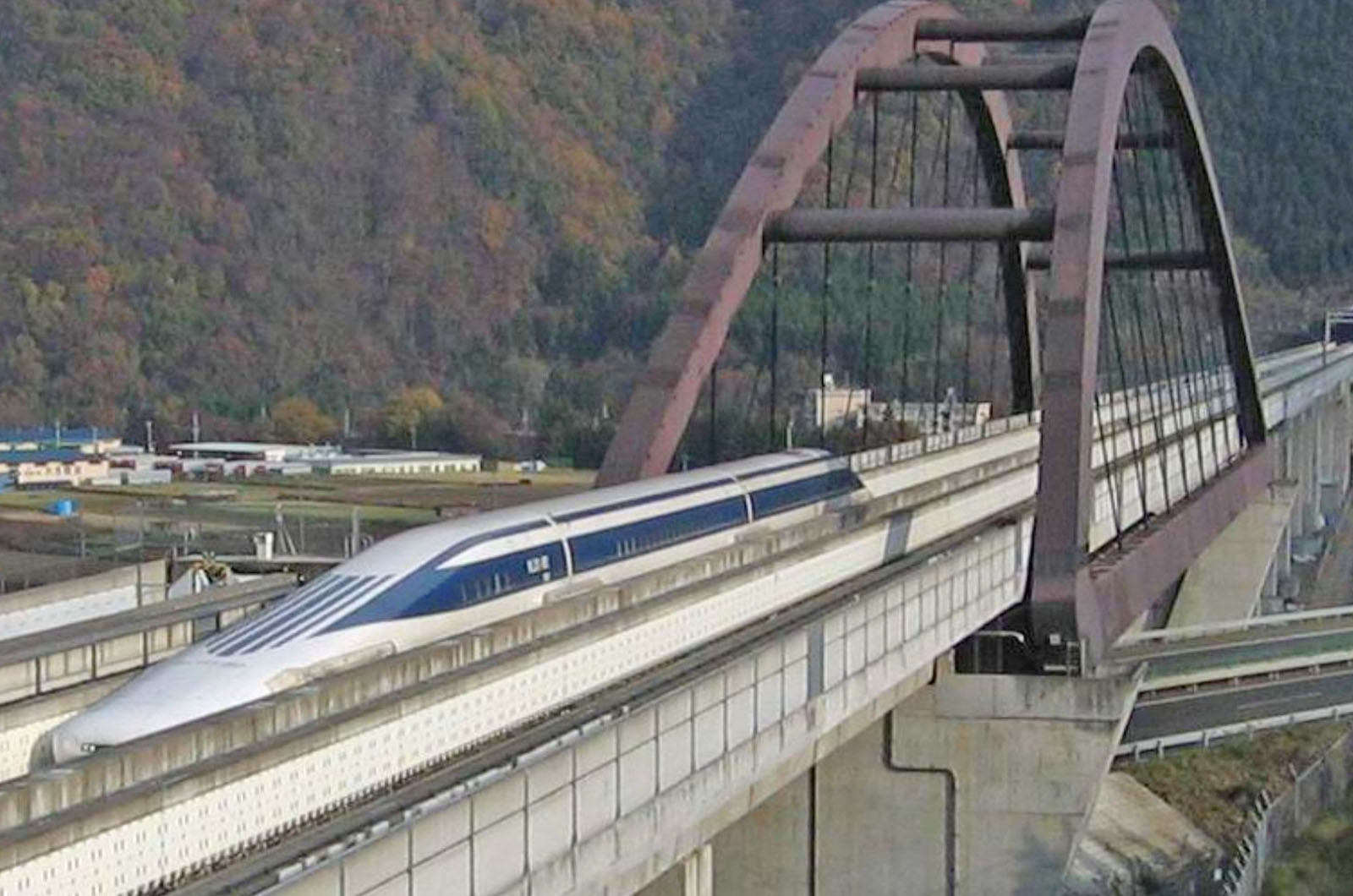
Additionally, the MLX01 also set various world relative passing speed records, where two trains would pass each other, during its operational life.
Originally setting a world relative passing speed record of 600 mph in December 1998, the record was broken the next year with a new speed of 623 mph in November 1999. This speed record was broken yet again on 16 November 2004 with a new speed of 638 mph which still stands today.
1. L0 Series – 375mph

The current land speed record for rail vehicles sits with the Japanese L0 maglev train, which has been designed to run on the Chūō Shinkansen maglev line between Tokyo and Osaka which is currently being built.
When it opens – the current predicted opening date is 2034 – trains will run at up to 311mph in service and they have been designed to not require a driver, with cameras at either end allowing for remote operations, effectively becoming a 1:1 scale trainset.
Although it is planned that the trains have 12-car sets, in 2015 a shortened seven-car variant broke the speed record twice. On 16 April, a manned set hit a maximum speed of 367mph, while five days later the same unit went marginally faster, hitting 375mph.
1. L0 Series – 375mph

Both record runs took place at the Yamanashi maglev test line, a 26-mile-long testing facility for maglev trains, where units will routinely run at 300mph. As well as being the fastest train class in the world, the L0 Series also holds the record for the longest distance travelled in one day.
The current land speed record for rail vehicles sits with the Japanese L0 maglev train, which has been designed to run on the under-construction Chūō Shinkansen maglev line between Tokyo and Osaka.
When it opens – the current predicted opening date is 2034 – trains will run at up to 311mph in service and they have been designed to not require a driver, with cameras at either end allowing for remote operations, effectively becoming a 1:1 scale trainset.
1. L0 Series – 375mph
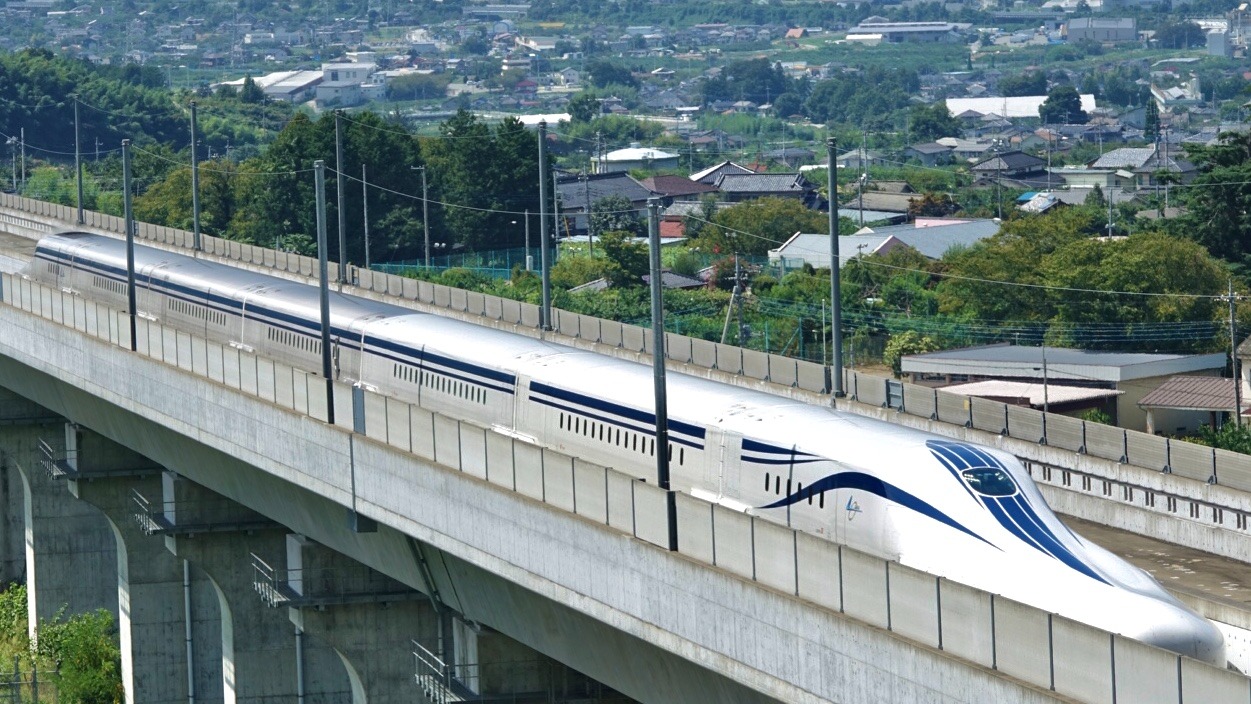
Although the plan is to operate the trains as 12-car sets, in 2015 a shortened seven-car variant broke the speed record twice. On 16 April, a manned set hit a maximum speed of 367mph, while five days later the same unit went marginally faster, hitting 375mph.
Both record runs took place at the Yamanashi maglev test line, a 26-mile-long testing facility for maglev trains, where units will routinely run at 300mph. As well as being the fastest train class in the world, the L0 Series also holds the record for the longest distance travelled in one day.
On 10 April 2005, the train travelled 2426 miles, breaking the previous record of 1787 miles which was set in 2003, however, four days later, on 14 April 2005, the set travelled 2525 miles in a day.
If you enjoyed this story, please click the Follow button above to see more like it from Autocar
Photo Licence: https://creativecommons.org/licenses/by/4.0/deed.en
Source: Autocar
